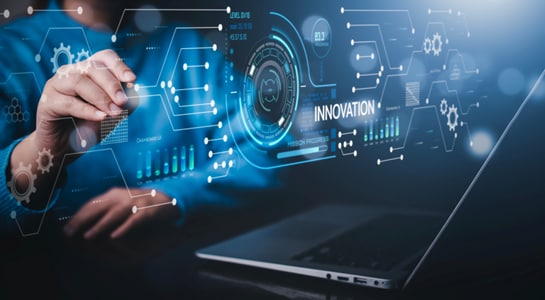Need Help?
Privacy PolicyLive Chat
Machine Learning (ML) on the Edge for Speed and Security
Running Artificial Intelligence (AI) models on the edge involves processing data locally within embedded systems, which reduces latency and enhances privacy by minimizing data transmission to the cloud. This approach doesn’t require Internet connectivity and enables real-time decision making, making it a great solution for applications that require immediate responses and high reliability.
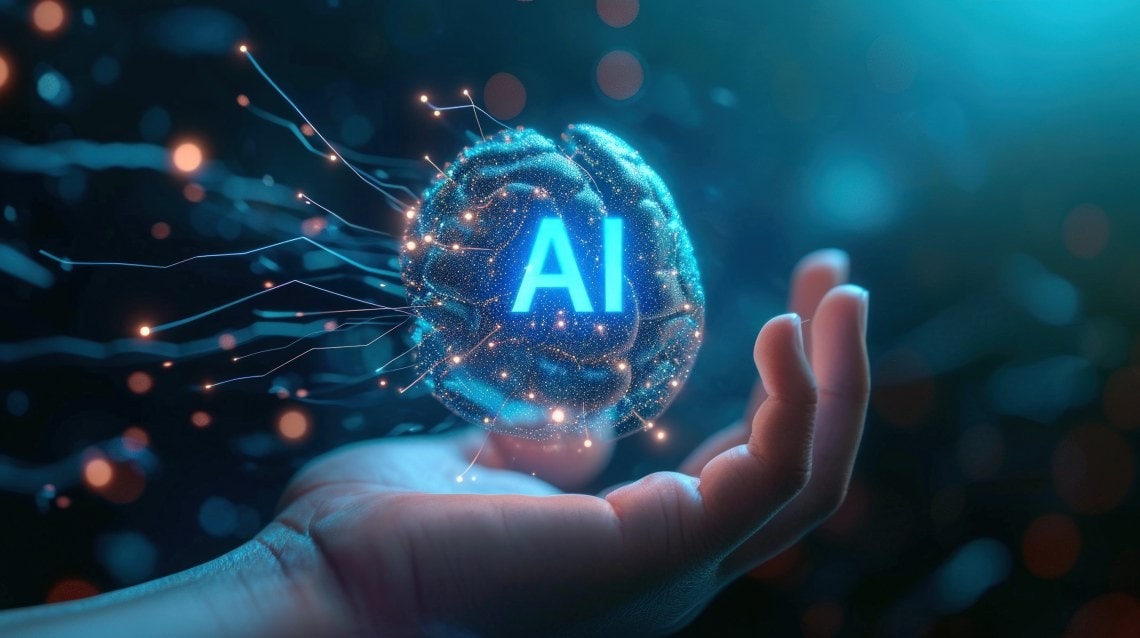
ML Inference Applications
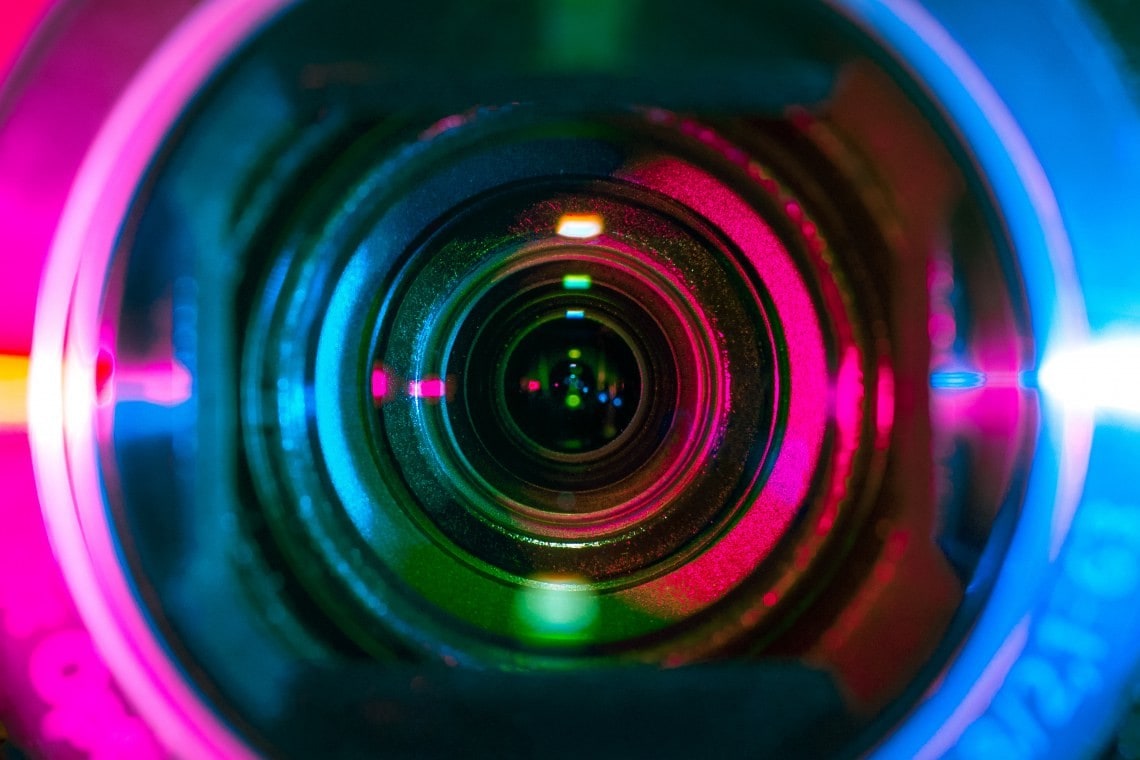
Embedded Vision
Smart embedded vision technology enhances quality and productivity in factories, enables faster and more accurate medical diagnoses through machine assistance and provides granular, real-time monitoring and response for improved surveillance and security.
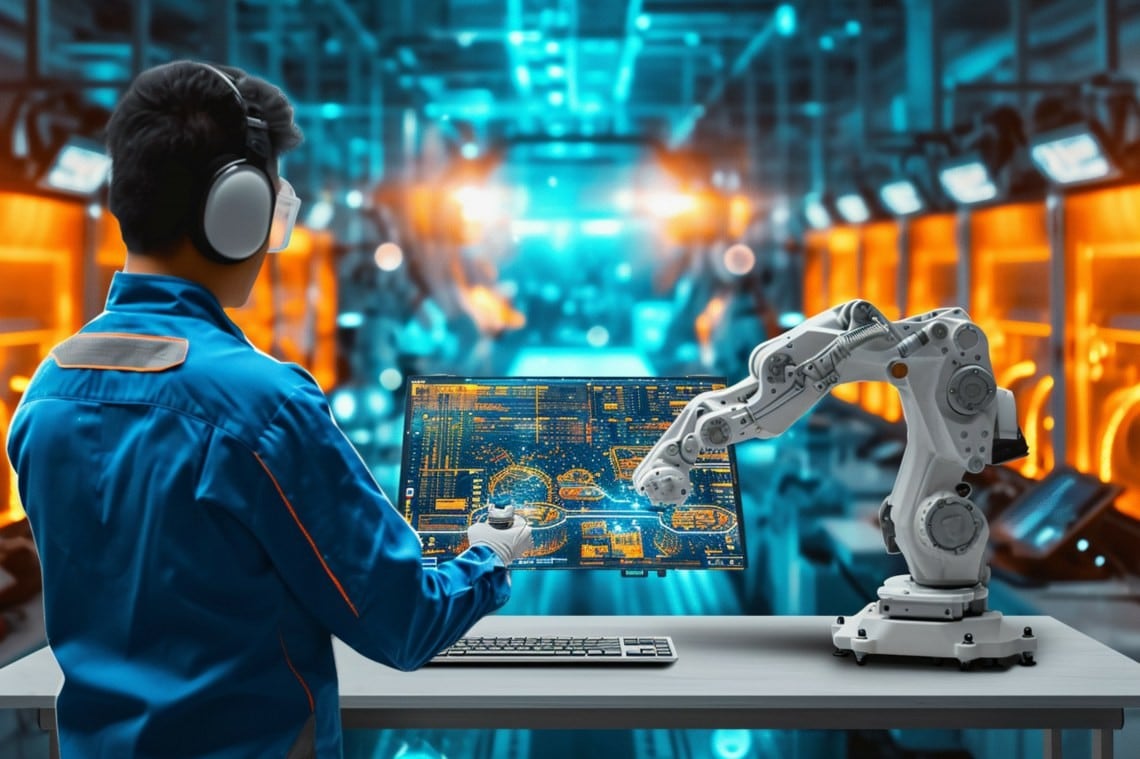
Human Machine Interface
Integrate local processing for voice interactive machines seamlessly with real-time, interactive gesture recognition to create a more responsive and intuitive smart HMI.
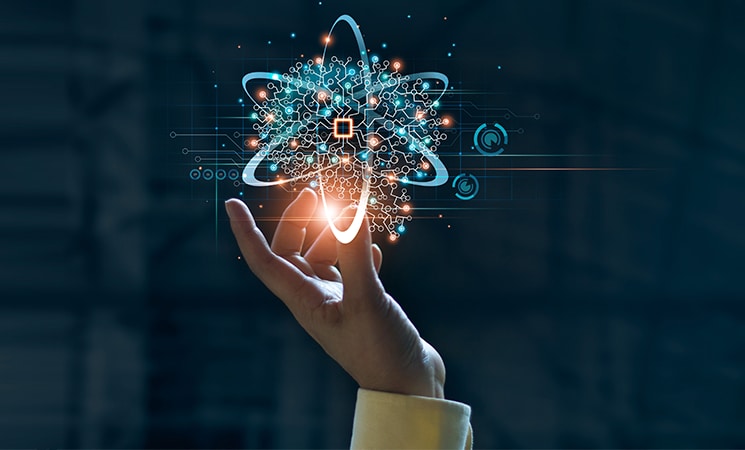
Sensor Analytics
Sensor systems can detect aging and environment-driven degradation, predict and prevent system failures and provide early warning for hazardous leaks to ensure optimal safety and efficiency.
Featured Reference Design: Motor Control AI/ML Predictive Maintenance Demonstration Application
Using the MPLAB® Machine Learning (ML) Development Suite and the dsPIC® DSC LVMC motor control board, this reference design demonstrates predictive maintenance for motors. It is based on a classification model to determine whether the operational state of a motor is in normal condition or experiencing anomalies such as unbalanced load and a broken bearing by monitoring the Iq current of the motor. The key features include:
- Real-time data pipeline: Extracts data in real-time on the dsPIC DSC LVMC motor control board
- AutoML model training: Utilizes the AutoML feature of the MPLAB ML Development Suite to train a classification model
- Model performance evaluation: Evaluates model performance within the MPLAB ML Development Suite environment
- Knowledge Pack conversion: Converts the trained model into a Knowledge Pack that can be tested on the dsPIC DSC LVMC motor control board
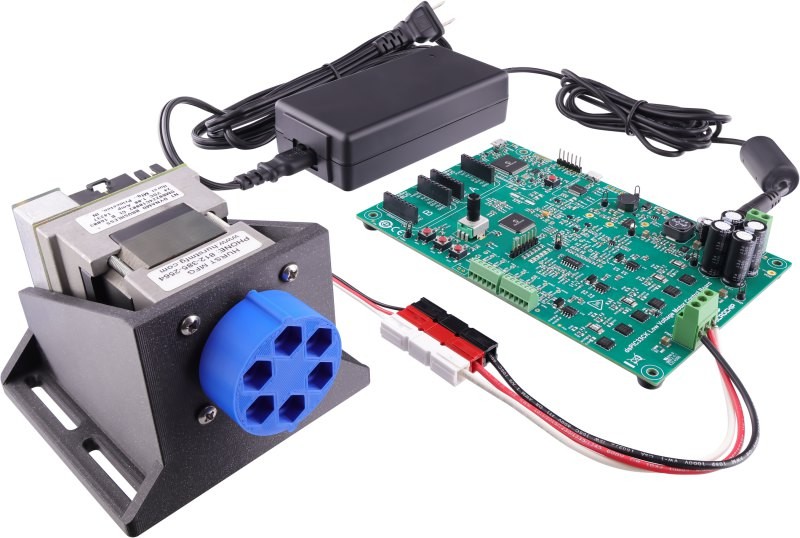
More Solutions and Reference Designs
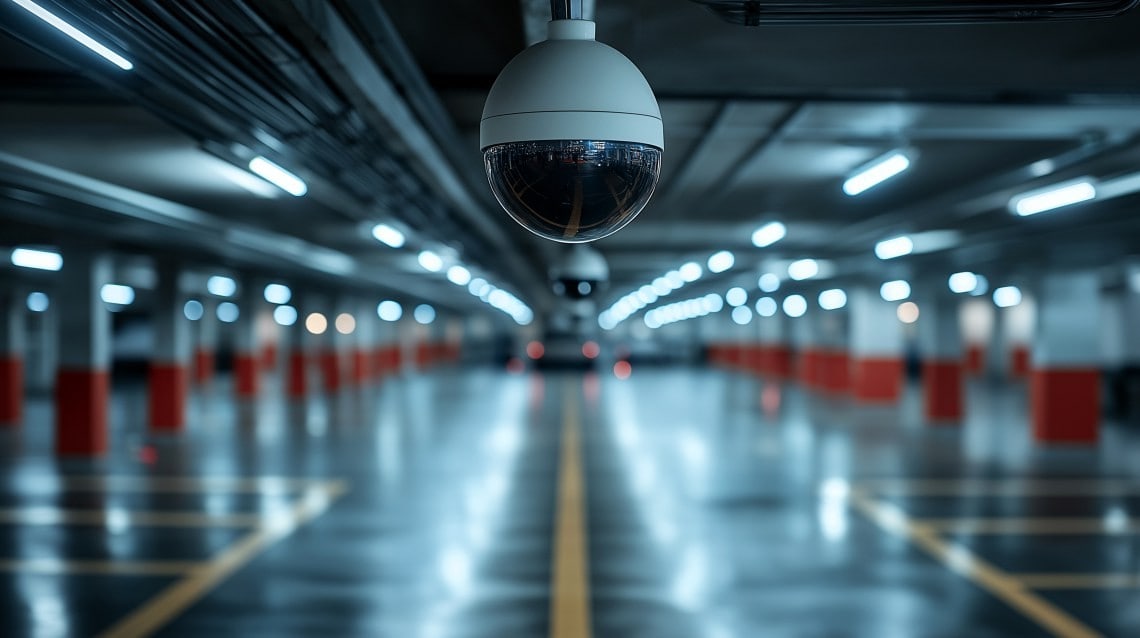
Object Detection and Counting
Truck Loading Bay Monitoring Demo
The truck loading bay monitoring demo is an AI/ML demo based on a Faster Objects, More Objects (FOMO) object detection architecture.

Motion Surveillance
Rapidly Prototype With This Demo Application
Our motion surveillance demo application detects motion in front of an Arducam camera module using the motion-sensing PIR Click board™.
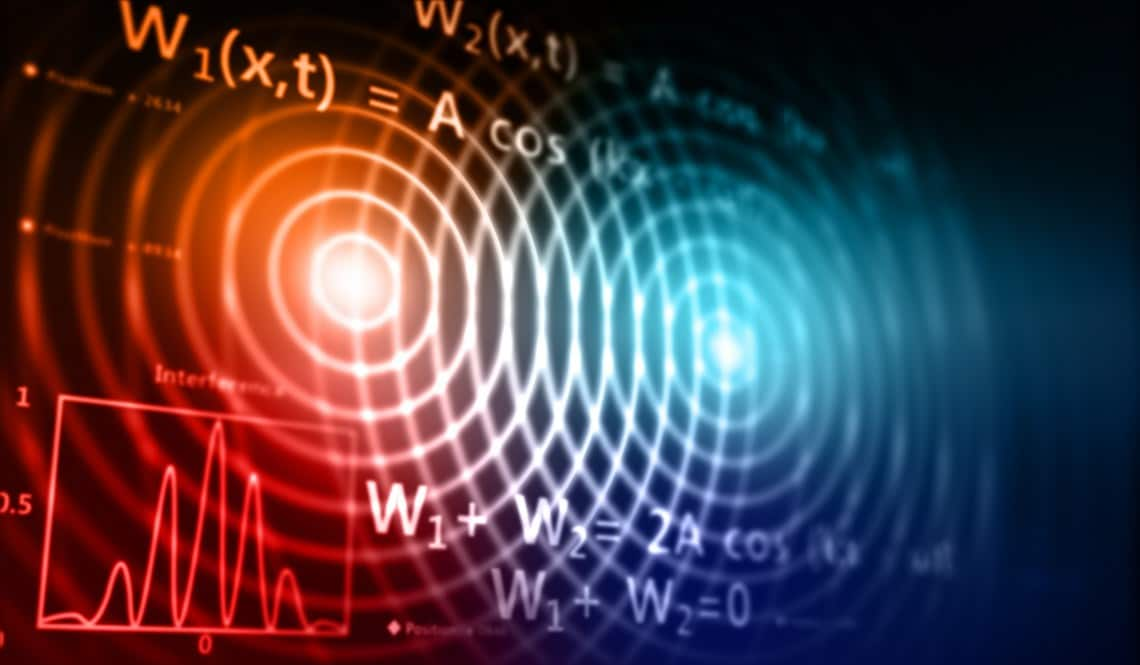
Fan Condition Monitoring
Detect Faulty Vibration Conditions
This tutorial will guide you through the process of building a machine learning model with SensiML™ that can monitor whether the fan is experiencing a fault condition (tapping or shaking).
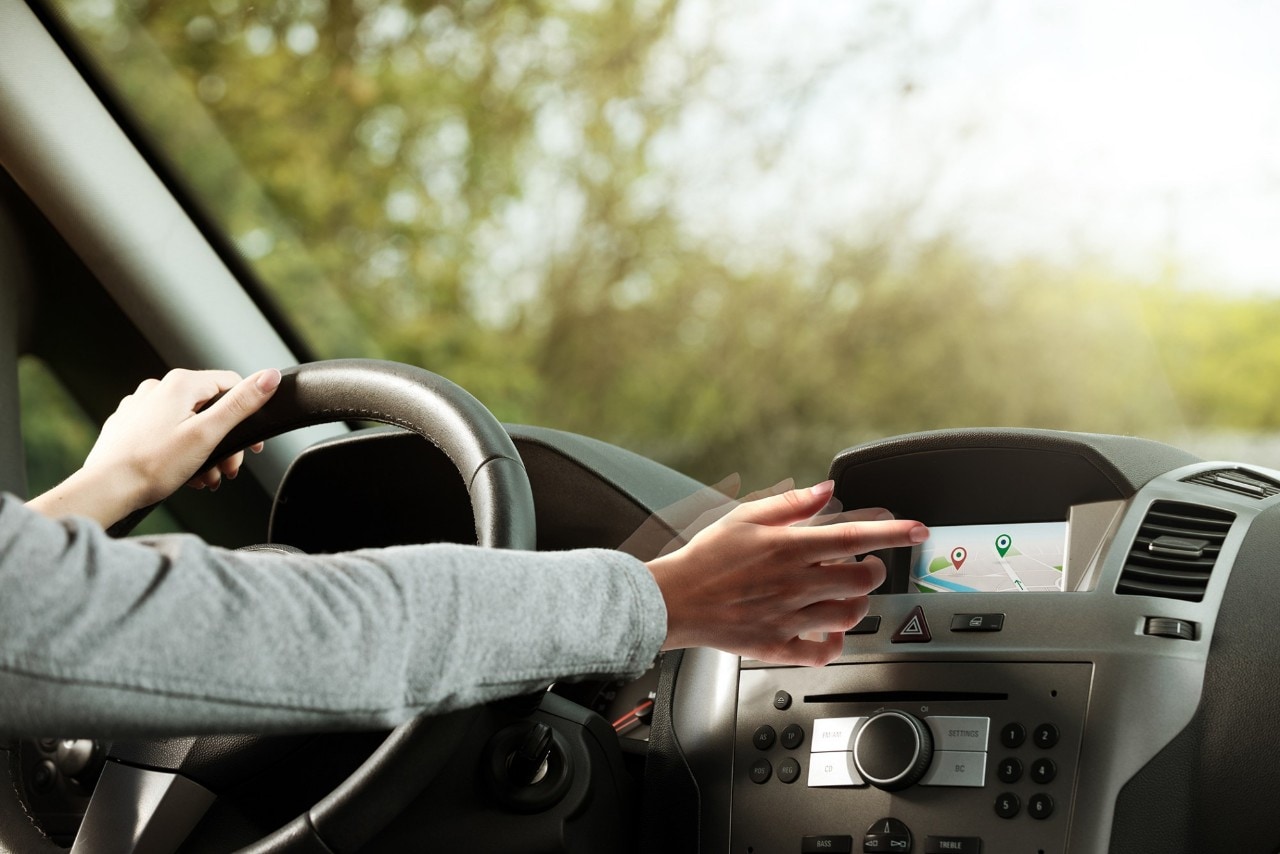
Gesture Recognition
Interpret and Respond to Human Gestures
This demo project outlines the process of data collection, transmission to the ML Model Builder, creation of a customized gesture recognition model for precise data classification and deployment onto the DSC using MPLAB ML Development Suite.

Sound Event Detection
Monitor Motor Sounds to Detect Anomalies
This tutorial will guide you through the process of building a vacuum cleaner sound recognizer with Edge Impulse and deploying it to the Microchip Curiosity Ultra development board.
PolarFire® FPGA Ethernet Sensor Bridge for the NVIDIA® Holoscan Software Development Kit (SDK)
The NVIDIA Holoscan platform provides hardware and software components to build streaming AI pipelines in edge and cloud AI applications such as industrial cameras, high-performance edge computers and medical devices. The hardware platform consists of a PolarFire FPGA Ethernet Sensor Bridge and NVIDIA Jetson™ AGX Orin™ and IGX Orin™ developer kit AI processing GPU platforms.
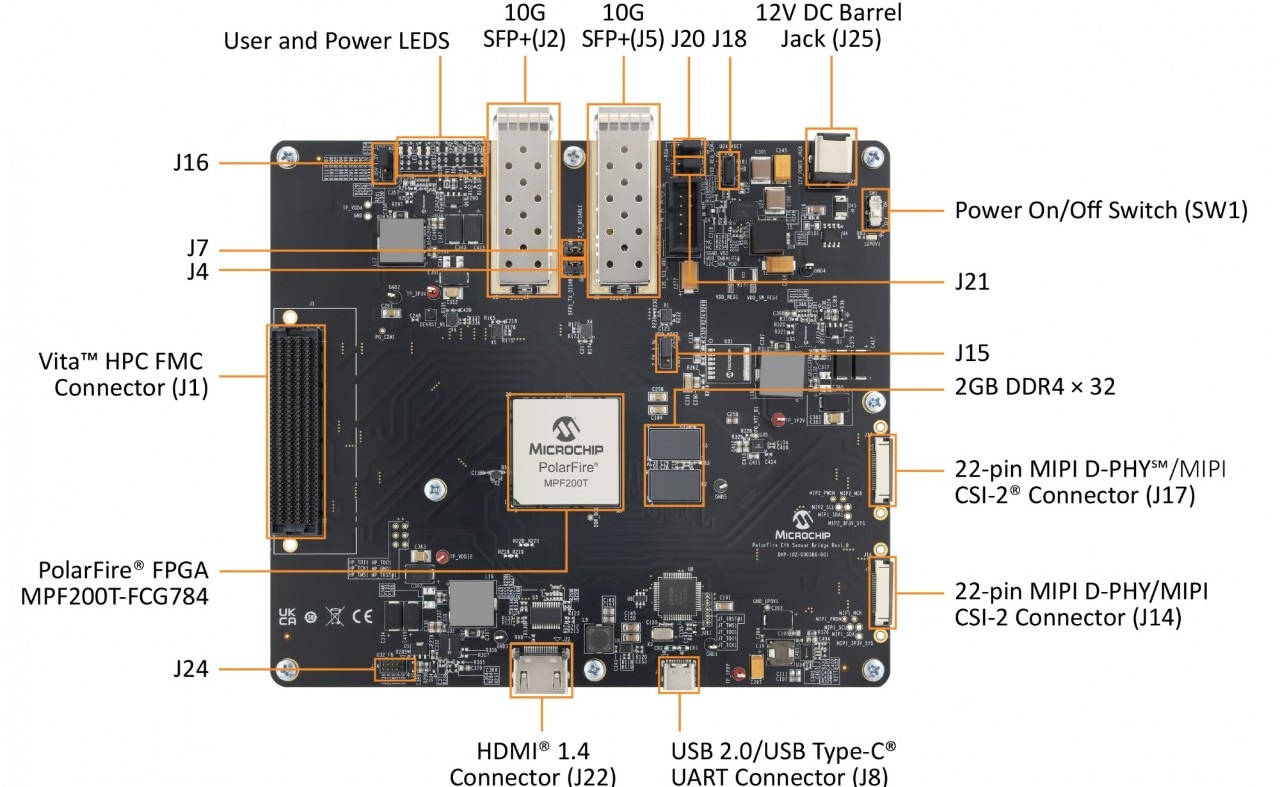
Deploy Your Models on Our Silicon Platforms
Whether you want to build your own model or bring your own, we have options to help you deploy your models on our MCUs, MPUs and FPGAs.
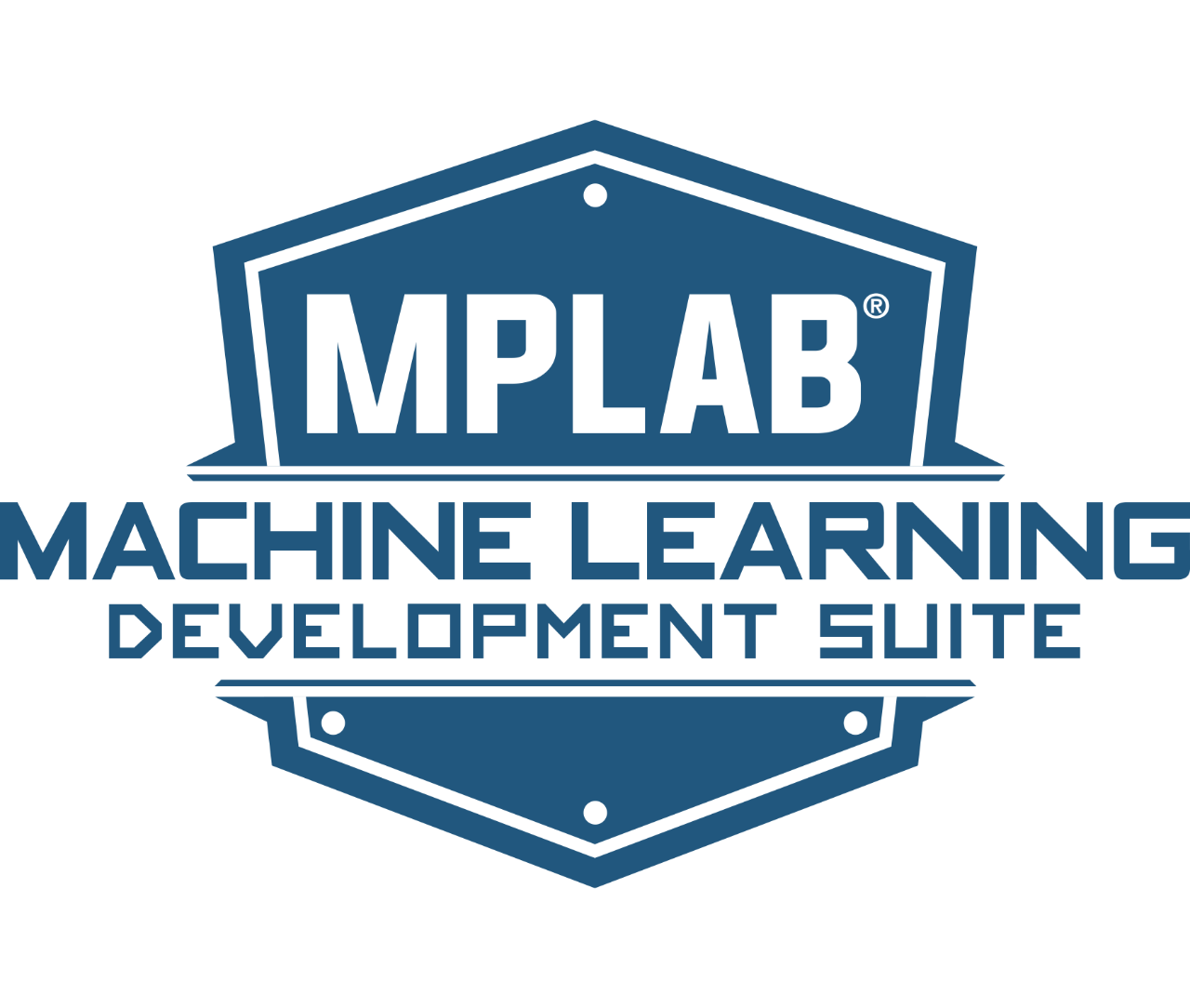
MPLAB® ML Development Suite
Build Your Own Model
Our MPLAB® ML Development Suite allows you to build efficient, low-footprint ML models for direct programming into our MCUs, MPUs and dsPIC® DSCs. Powered by AutoML, it streamlines model building and optimizes models for memory constraints with feature extraction, training, validation and testing. The API is fully convertible to Python for flexible model development.
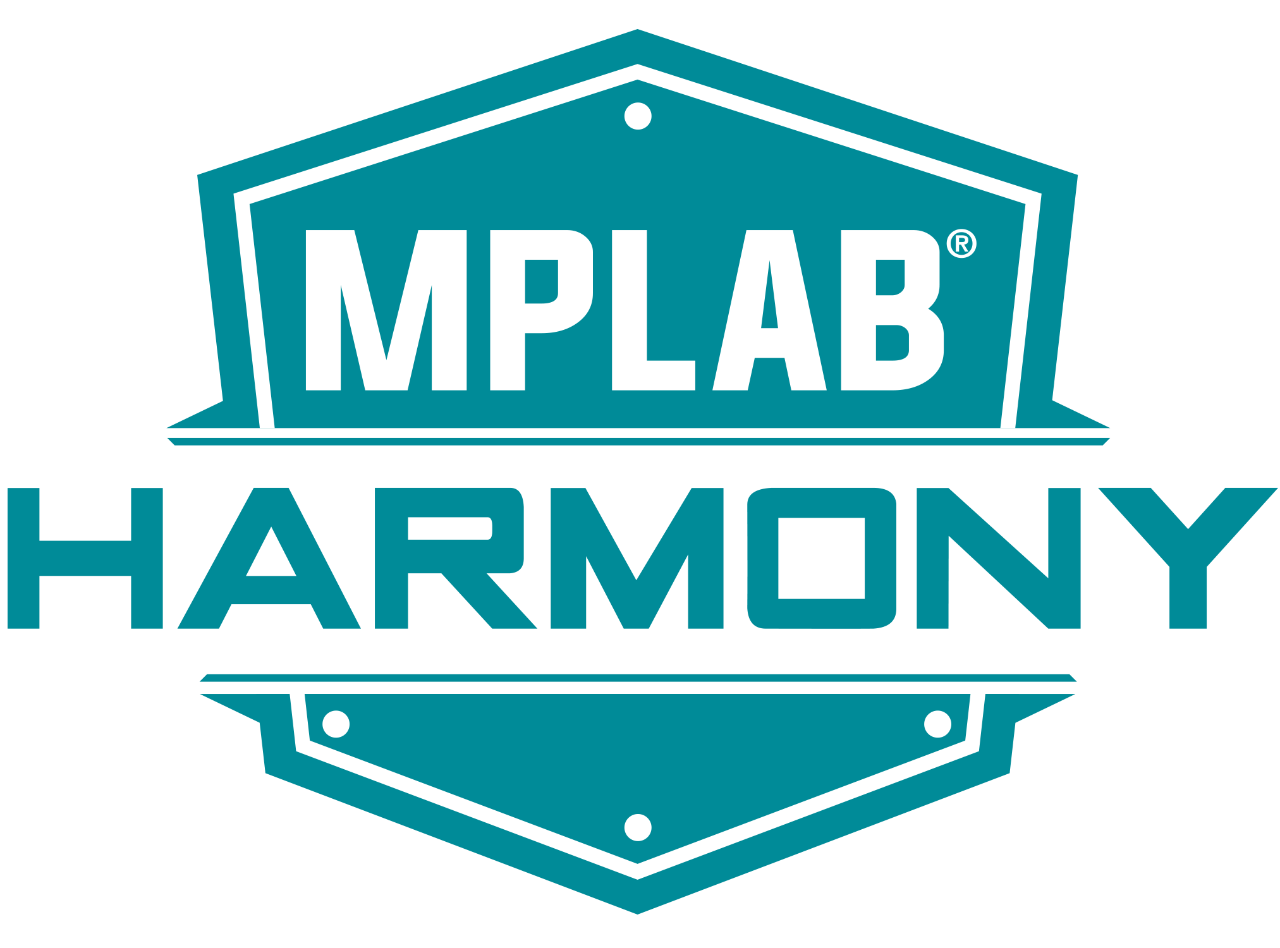
MPLAB® Harmony v3
Bring Your Own Model
You can easily bring your existing Deep Neural Network (DNN) model to an MCU or MPU device. After converting a TensorFlow model to a LiteRT (formerly TensorFlow Lite) model, you can load the model to the device’s flash memory for inference. MPLAB® Harmony v3 can help you add the ML runtime engine and integrate it with other peripherals.
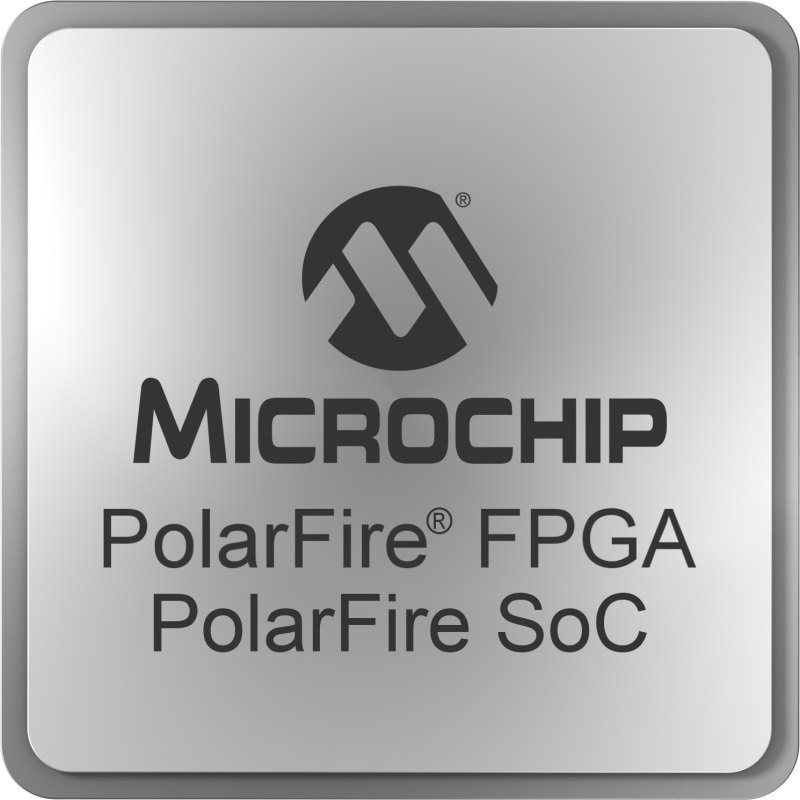
VectorBlox™ Accelerator SDK
Deploy Your Model on FPGAs
Use our state-of-the-art VectorBlox™ Accelerator Software Development Kit (SDK) to convert a high-level DNN to its lighter version (such as TensorFlow Lite) and deploy it on PolarFire® FPGAs.
Design Partners
If you need assistance developing an AI or ML project, take advantage of our partnerships with industry-leading design companies to provide state-of-the art AI-based solutions and software tools that support our portfolio of silicon products. These partners have proven capabilities and are uniquely qualified to provide you with the support you need to successfully bring your innovative design to life.



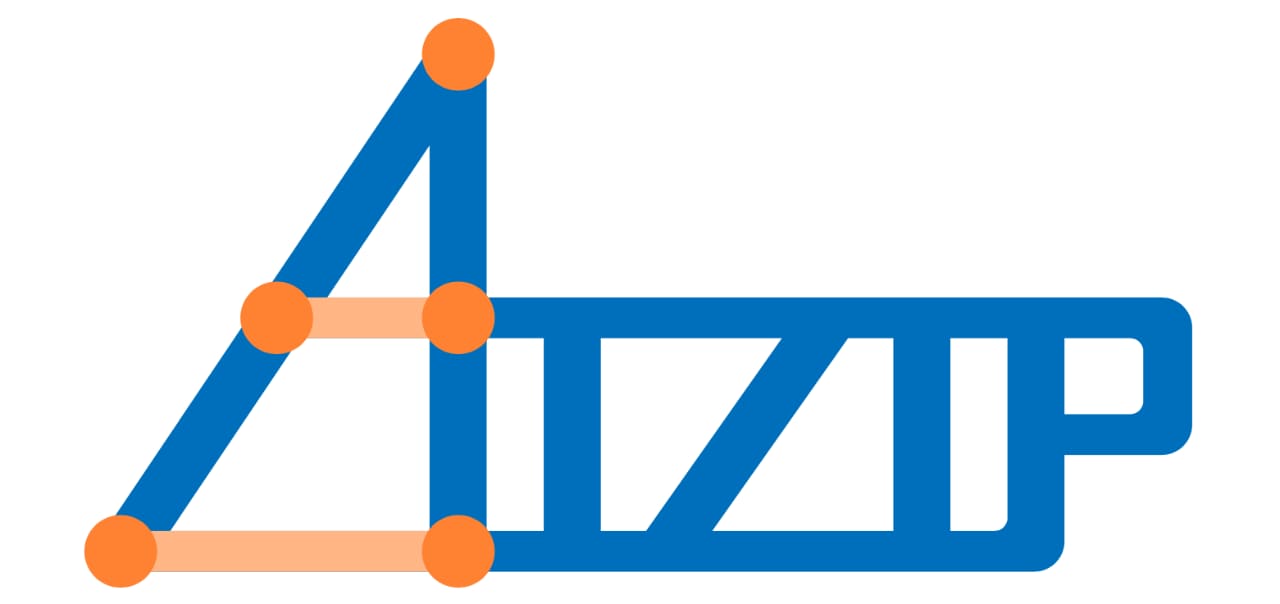
Additional Design Resources
We offer a comprehensive suite of design resources, including detailed blogs, instructional videos, step-by-step tutorials and extensive documentation, to support engineers and developers in creating innovative solutions with their products.
